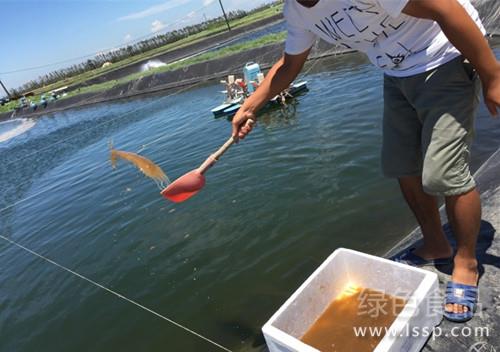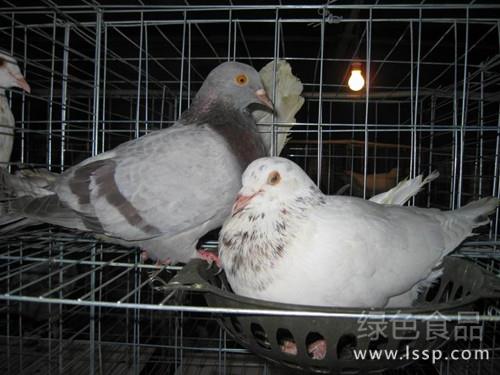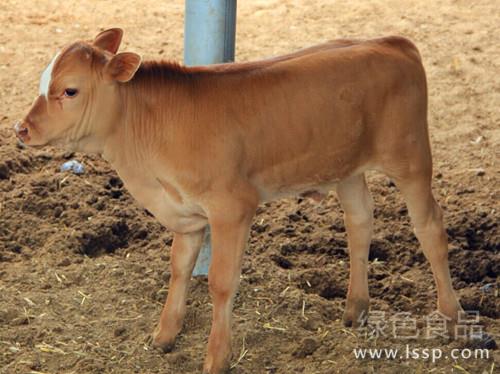High cost of feed for Penaeus vannamei how to save feed for cultured shrimp
Pellet compound feed is generally used in the culture of Penaeus vannamei, but the price of this feed is high, so the feed cost of shrimp is high, accounting for more than 70%. It is one of the important ways to achieve high benefit in shrimp culture, and the relevant technology is introduced for reference.

Feeding Penaeus chinensis
First, get rid of wild miscellaneous fish. There are many wild miscellaneous fish and shrimps in the pond, competing with Penaeus vannamei for food, and even eating prawns. As low-quality fish and shrimp compete for food, it will reduce the feed utilization rate, so it should be removed. Methods: before releasing the seedlings, 20~30cm was injected into the water and sprinkled with 150kg raw calcareous pulp in the whole pond every 15ha to clean the pond thoroughly and kill the wild fish in the pond. When entering the water, add a filter bag to prevent wild fish from entering the pond.
Second, feed selection and supplement. The special feed for Penaeus vannamei produced by regular manufacturers should be selected, and the feed formula is reasonable, which can ensure the rapid growth of shrimp and avoid feed waste. Don't replace it with other shrimp ingredients. In the early stage of culture, we should pay attention to fertilization and cultivate biological communities beneficial to the growth of prawns, such as benthos, plankton and so on. And transplant some beneficial feed organisms into the pond, so that there can be less bait or no bait, with the consumption of basic feed, some pathogen-free and fresh bait and special compound feed for young shrimp can be fed, and then gradually transferred to special feed, which can save part of the feed.
Third, keep the water quality fresh. Penaeus vannamei likes fresh water quality, good water quality, rapid growth and less disease, so it can make full use of bait and reduce the coefficient of bait family. Generally required water yellowish green, transparency 30~40cm, dissolved oxygen 4 mg / L. Common water quality regulation methods: change water frequently, change water once every 7-10 days, 10%-20% each time; sprinkle quicklime regularly, once every 10-15 days, with a concentration of 15 × 10-6; install an aerator and use an aerator to adjust the water quality; use biological agents, such as photosynthetic bacteria, Bacillus, etc., to regulate water quality.
Fourth, master the baiting skills.
First, a small number of times, according to shrimp feeding habits and growth characteristics, adhere to the principle of a small number of times, and the amount of feeding is also different at different times, generally 30% of the daily feed at 7 o'clock, 10% at 11:00, 40% at 18:00 and 20% at 23:00.
The second is to master the appropriate amount of feeding. The amount of feeding is difficult to grasp, too much causes feed waste, and too little shrimp is not full, which is not conducive to growth. A more feasible way is to set up a bait table, and set up several bait tables of about 1 square meter around the pond, which will be evenly sprinkled when they are fed. After 1.5 hours of feeding, check the feeding condition of prawns.
Third, feed according to the weather conditions. Feed more when the weather is sunny, windy and warm; when the weather is bad, it is cloudy and rainy, and when the weather is muggy or cold, feed less or not.
The fourth is to feed the shrimp according to their feelings. The feeding amount should be flexibly controlled according to the growth of shrimp and whether there are diseases or not. Shrimp grow vigorously, when there is no disease, feed more appropriately; otherwise, feed less. When a large number of shrimps molt, feed less and feed more after a day of molting.
- Prev

Green food is more favored by the public for pollution-free feeding and management of meat pigeons
Green food is more favored by the public for pollution-free feeding and management of meat pigeons
- Next

Prevention and treatment of respiratory distress syndrome in calves with complex causes such as premature hypoxia
Prevention and treatment of respiratory distress syndrome in calves with complex causes such as premature hypoxia
Related
- On the eggshell is a badge full of pride. British Poultry Egg Market and Consumer observation
- British study: 72% of Britons are willing to buy native eggs raised by insects
- Guidelines for friendly egg production revised the increase of space in chicken sheds can not be forced to change feathers and lay eggs.
- Risk of delay in customs clearance Australia suspends lobster exports to China
- Pig semen-the Vector of virus Transmission (4)
- Pig semen-the Vector of virus Transmission (3)
- Five common causes of difficult control of classical swine fever in clinic and their countermeasures
- Foot-and-mouth disease is the most effective way to prevent it!
- PED is the number one killer of piglets and has to be guarded against in autumn and winter.
- What is "yellow fat pig"? Have you ever heard the pig collector talk about "yellow fat pig"?

